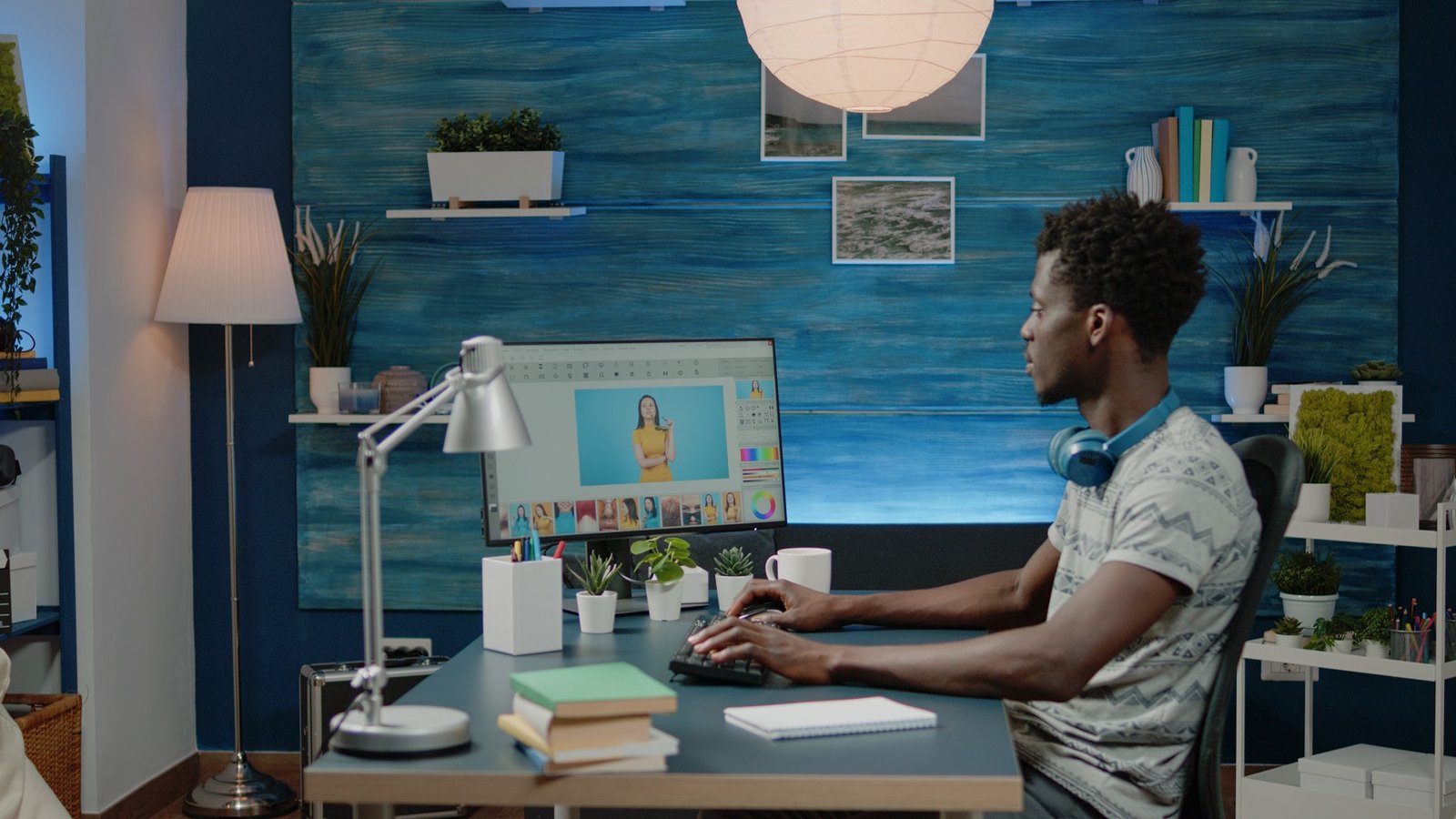Unlocking the Art of Pricing Your Creative Work: A Designer's Guide

As a designer, you know that your work is invaluable. It's a piece of your heart and soul, a manifestation of your creativity and talent. Yet, amidst the brush strokes and clicks of your mouse, there's a daunting question that lurks: How do you put a price tag on something so inherently unique and personal? Pricing your creative work is an art in itself, and getting it right can be as crucial as the design process itself.
The Balancing Act: Setting the Right Price
Charging for creative work is a delicate dance. Here, we'll explore the elements that can help you pirouette gracefully through the pricing minefield:
1. Your Experience and Skills
Your creative journey is akin to a fine wine maturing with age. The more experience and skills you accumulate, the more valuable your work becomes. However, as you ascend the ladder of expertise, be wary not to overprice yourself out of the market. Take a glance at what fellow designers in your area are charging; it can serve as a compass to find your bearing.
2. The Type of Work
Not all design projects are created equal. Some are swift, like a fleeting muse's inspiration, while others are intricate, demanding meticulous attention. Consider the scope and complexity of the project. A logo design might be a sprint, whereas a website redesign could be a marathon. Adjust your pricing accordingly.
3. The Client's Budget
Flexibility is a virtue in the creative world. Your dream project might land on your lap, but the client's budget might be a bit of a nightmare. It's essential to be adaptable, even if it means adjusting your rates to accommodate a tight budget. However, remember, flexibility doesn't equate to undervaluing your artistry.
4. Overhead Costs
Designing isn't all about aesthetics; there are operational costs too. Account for expenses like rent, equipment, and marketing when determining your rates. These are the underpinnings that allow your creative flower to bloom.
5. Profit Margin
Creating art should not just be a labor of love; it should also be a source of livelihood. To sustain your passion, calculate a fair profit margin when setting your rates. After all, you're not just an artist; you're also a businessperson.
Choose Your Weapon: Pricing Models
Once you've weighed these factors, it's time to choose a pricing model that aligns with your values and your client's needs:
1. Hourly Rate
The classic approach. Calculate your hourly rate and multiply it by the expected hours for the project. It's straightforward and widely accepted, making it a popular choice among designers.
2. Project-Based Rate
For well-defined projects with a clear scope of work, consider a flat fee. Clients love the predictability of this approach, and it can streamline your billing process.
3. Value-Based Pricing
This method transcends the conventional. It involves pricing your work based on the value it delivers to the client. It's a more intricate approach, often requiring a deep understanding of the client's business goals. But when done right, it can be incredibly profitable.
Evolving with Your Craft
Your journey as a designer is a dynamic one. As your skills and experience flourish, so should your prices. Stagnation is the antithesis of progress, so keep an eye out for these telltale signs that it's time to elevate your rates:
1. Experience and Skill Growth
With every project you undertake, you're not just designing; you're learning and evolving. If you sense a growth spurt in your abilities, it's a sign that your prices deserve an upgrade too.
2. Complexity and Challenge
The projects you handle may start to resemble intricate mazes rather than simple sketches. The more complex and challenging your work becomes, the more you should charge.
3. Client Acclaim
Positive feedback from clients is the sweet nectar of a designer's existence. If your inbox is overflowing with accolades and gratitude, it's an indicator that your designs are worth more.
4. Competitive Landscape
Keep an eye on your peers and competitors. If they're upping their rates, it's a signal that the market can bear higher prices, and so can you.
5. Rising Overhead Costs
As your business grows, so do your overhead costs. Don't forget to factor in these ever-increasing expenses when considering a price hike.
Confidence is Key
In the realm of creative work, self-belief is your secret weapon. Confidence in your skills, your experience, and your rates is non-negotiable. While negotiations with clients are natural, never compromise to the point of undervaluing yourself. Remember, your work is a masterpiece in its own right.
Conclusion
Pricing your creative work isn't just a matter of numbers; it's a testament to your worth as an artist. It's about balancing your passion with the practicalities of life, ensuring that your craft not only sustains your soul but also your livelihood. By following these guidelines and trusting in your artistry, you can navigate the labyrinth of pricing with grace and emerge as a designer who not only creates beauty but also commands the value it deserves.




